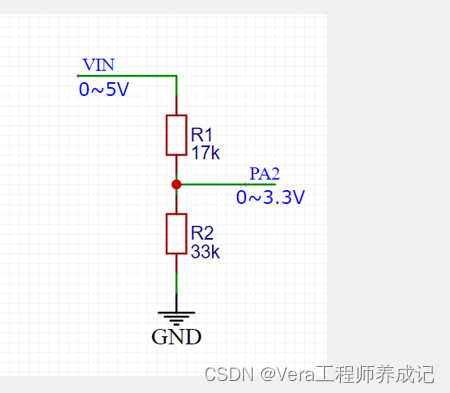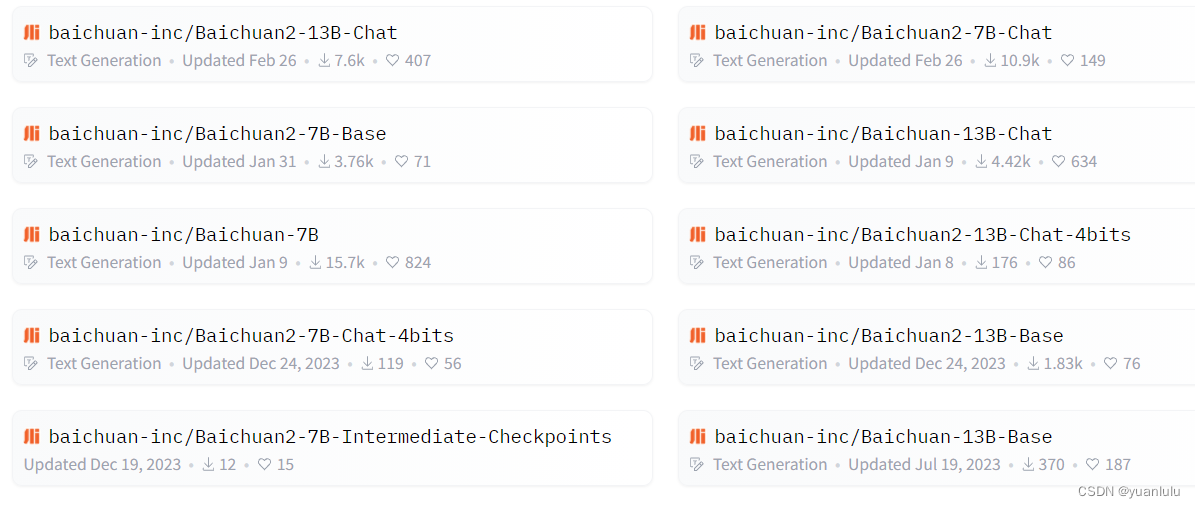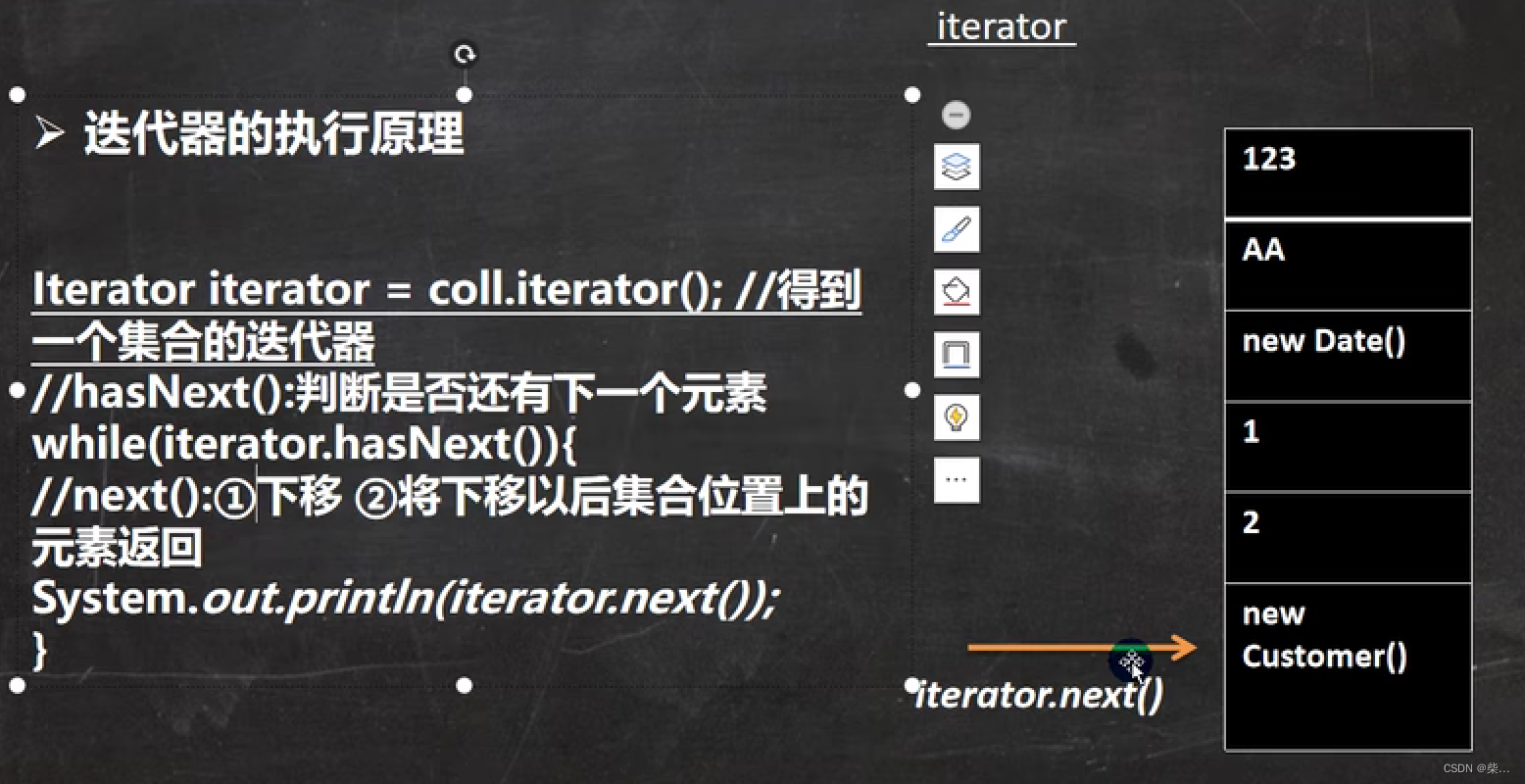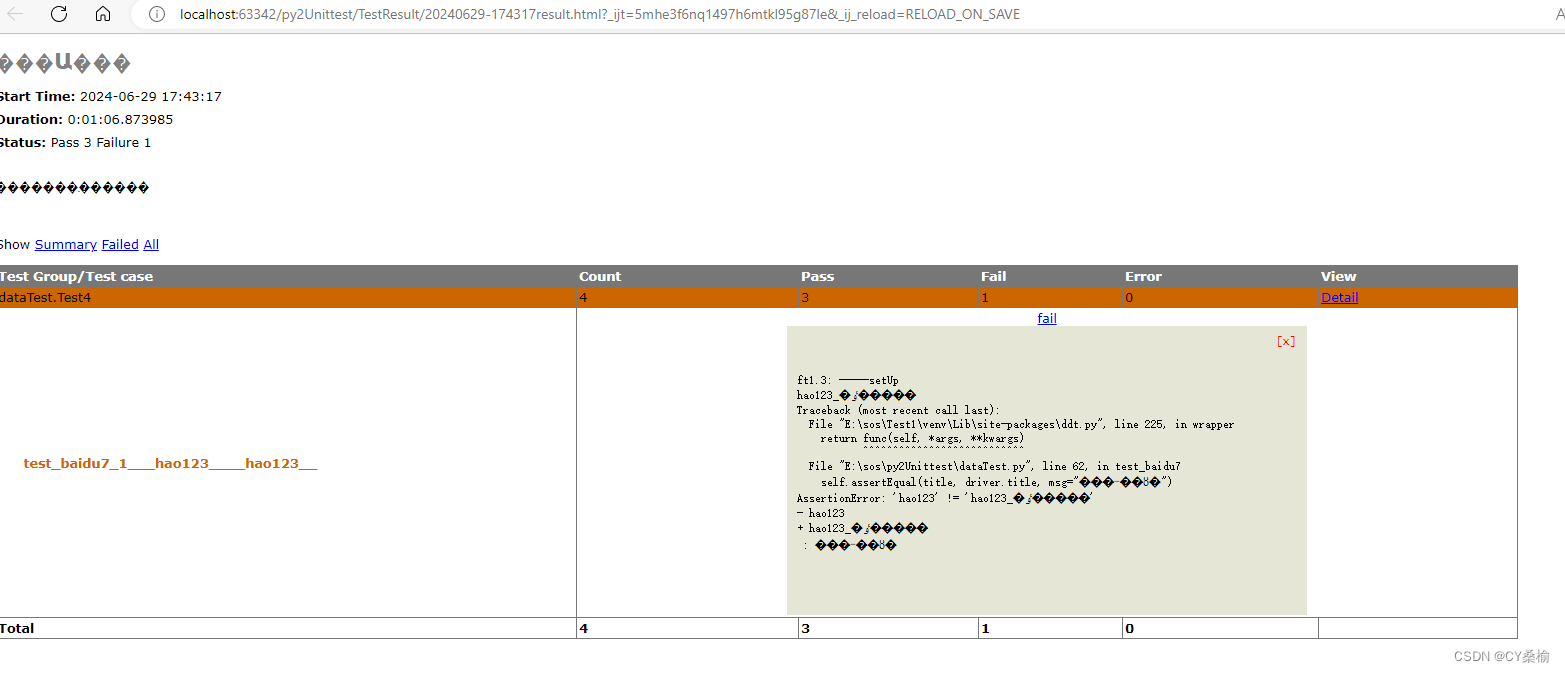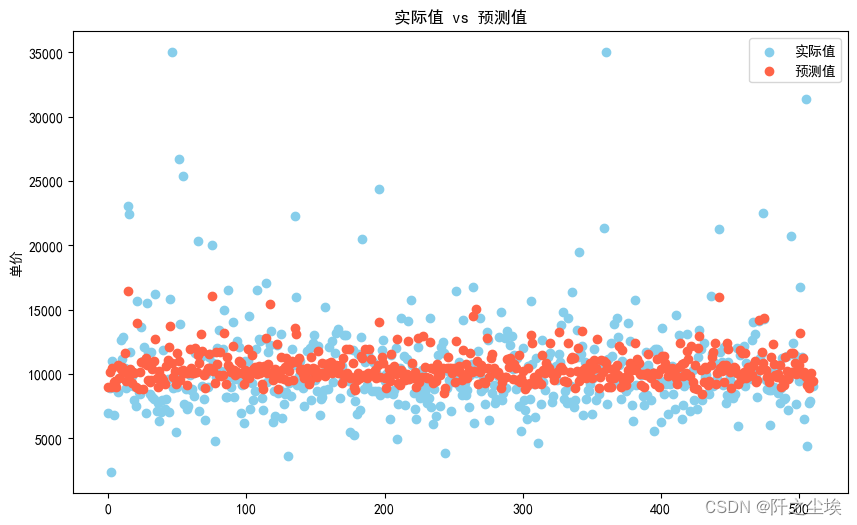本文来源公众号“程序员学长”,仅用于学术分享,侵权删,干货满满。
原文链接:快速学会一个算法模型,LSTM
今天,给大家分享一个超强的算法模型,LSTM。
LSTM(Long Short-Term Memory)是一种特殊类型的循环神经网络(RNN),专门设计用来解决传统 RNN 在处理序列数据时面临的长期依赖问题。
LSTM 的关键特征是其维持细胞状态的能力,细胞状态充当可以存储长序列信息的记忆单元。这使得 LSTM 能够随着时间的推移选择性地记住或忘记信息,使它们非常适合上下文和远程依赖性至关重要的任务。
LSTM 的核心组件
LSTM 单元由以下几个主要部分组成



案例分享
加载数据集
import numpy as np
import pandas as pd
from keras.models import Sequential, load_model
from tensorflow.keras.callbacks import ModelCheckpoint, EarlyStopping
from tensorflow.keras.losses import MeanSquaredError
from tensorflow.keras.metrics import RootMeanSquaredError
from tensorflow.keras.optimizers import Adam
from keras.layers import LSTM, Dense, InputLayer
from sklearn.metrics import mean_squared_error as mse
from time import time
import matplotlib.pyplot as plt
import matplotlib
import warnings
path_data = r'filter_pt_data.csv'
df = pd.read_csv(path_data)
df.dropna(inplace=True)
df['dt'] = pd.to_datetime(df['dt'])
df.set_index('dt', inplace=True)
df['Seconds'] = df.index.map(pd.Timestamp.timestamp)
year_secs = 60 * 60 * 24 * 365 # Number of seconds in a year
df['year_signal_sin'] = np.sin(df['Seconds'] * (2 * np.pi / year_secs))
df['year_signal_cos'] = np.cos(df['Seconds'] * (2 * np.pi / year_secs))
df.drop(columns=['Seconds'], inplace=True)准备数据序列
LSTM 模型是专门为处理数据点序列而设计的,因此需要将数据转换为这种格式。
该方法涉及将预测问题转换为监督学习范式。在此设置中,输入 (X) 包含前面的 n 个数据点,而输出 (y) 表示后续时间步的目标值。
为了说明这个概念,假设我们正在使用包含三个特征(“a”、“b”和“c”)的数据集。我们的目标是预测特征 “a”。在这种情况下,我们的输入序列将包含三个时间戳,这意味着我们将检查三个连续时间点的特征值。

def create_sequences_unistep(data, n_steps):
data_t = data.to_numpy()
X = []
y = []
for i in range(len(data_t)-n_steps):
row = [a for a in data_t[i:i+n_steps]]
X.append(row)
label = data_t[i+n_steps][0]
y.append(label)
return np.array(X), np.array(y)创建模型
def train_model(X, y, X_val, y_val, n_steps, n_preds=1):
n_features = X.shape[2]
# Create lstm model
model = Sequential()
model.add(InputLayer((n_steps, n_features)))
model.add(LSTM(4, return_sequences=True))
model.add(LSTM(5))
model.add(Dense(n_preds, activation='linear'))
# Compile model
model.compile(loss=MeanSquaredError(), optimizer=Adam(learning_rate=0.0001), metrics=[RootMeanSquaredError()])
model.summary()
# Save model with the least validation loss
checkpoint_filepath = 'cps/best_model.h5'
model_checkpoint_callback = ModelCheckpoint(
filepath=checkpoint_filepath,
monitor='val_loss', # Monitor validation loss
mode='min', # Save the model with the minimum validation loss
save_best_only=True)
# Stop training if validation loss does not improve in 500 epochs
early_stopping_callback = EarlyStopping(
monitor='val_loss',
patience=50, # Stop training if no improvement in validation loss for 100 epochs
mode='min',
verbose=1,
restore_best_weights=True) # when finish train restore best model
# Fit model
ts = time()
history = model.fit(X, y,
verbose=2,
epochs=500,
validation_data=(X_val, y_val),
callbacks=[model_checkpoint_callback, early_stopping_callback])
tf = time()
print('Time to train model: {} s'.format(round(tf - ts, 2)))
# Plot loss evolution
plt.figure()
plt.plot(history.history['loss'], label='loss')
plt.plot(history.history['val_loss'], label='val_loss')
plt.title('Training and Validation Loss')
plt.xlabel('Epochs')
plt.ylabel('Loss')
plt.legend()
plt.show()
# Load best model
del model
model = load_model(checkpoint_filepath)
return model模型训练
首先,让我们使用之前实现的函数生成序列。我们将分配 500 个值用于训练,50 个值用于验证,并将 “n_steps” 参数设置为 5。
def preprocess_input(X, mean, std):
X[:, :, 0] = (X[:, :, 0] - mean) / std
return X
def preprocess_output(y, mean, std):
y = (y - mean) / std
return y
def postprocess_output(y, mean, std):
y = (y * std) + mean
return y
def plot_predictions_unistep(model, X_test, y_test, mean_ref, std_ref):
preds = model.predict(X_test).flatten().tolist()
# preprocess preds to actual scale
preds = [postprocess_output(i, mean_ref, std_ref) for i in preds]
y_t = [postprocess_output(i, mean_ref, std_ref) for i in y_test.tolist()]
er = mse(y_test, preds)
plt.figure(figsize=(12, 8))
plt.plot(y_t, label='Actual values')
plt.plot(preds, label='Predictions', alpha=.7)
plt.legend()
plt.title('MSE = {}'.format(er))
return predsn_steps = 5
X, y = create_sequences_unistep(df, n_steps)
# Prepare train and validation data
nr_vals_train = 500
nr_vals_validation = 50
X_train = X[:nr_vals_train]
y_train = y[:nr_vals_train]
X_val = X[nr_vals_train: nr_vals_train + nr_vals_validation]
y_val = y[nr_vals_train: nr_vals_train + nr_vals_validation]
X_test = X[nr_vals_train:]
y_test = y[nr_vals_train:]
print('X train shape: {}'.format(X_train.shape))
print('y train shape: {}'.format(y_train.shape))
print('X validation shape: {}'.format(X_val.shape))
print('y validation shape: {}'.format(y_val.shape))
# Scale temp value with standard scaler -> mean 0 and std 1
mean_ref = np.mean(X_train[:, :, 0])
std_ref = np.std(X_train[:, :, 0])
# Scale X's
X_train = preprocess_input(X_train, mean_ref, std_ref)
X_val = preprocess_input(X_val, mean_ref, std_ref)
X_test = preprocess_input(X_test, mean_ref, std_ref)
# Scale y's
y_train = preprocess_output(y_train, mean_ref, std_ref)
y_val = preprocess_output(y_val, mean_ref, std_ref)
y_test = preprocess_output(y_test, mean_ref, std_ref)
model = train_model(X_train, y_train, X_val, y_val, n_steps)
# Plot train predictions set
plot_predictions_unistep(model, X_train, y_train, mean_ref, std_ref)
THE END !
文章结束,感谢阅读。您的点赞,收藏,评论是我继续更新的动力。大家有推荐的公众号可以评论区留言,共同学习,一起进步。





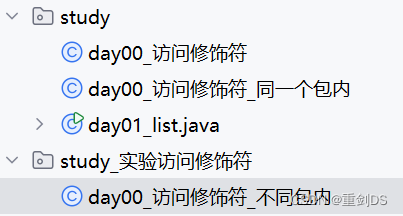
![[Go 微服务] go-micro + consul 的使用](https://img-blog.csdnimg.cn/direct/480ef57be4364cfbabcc63e8979c242b.png)
